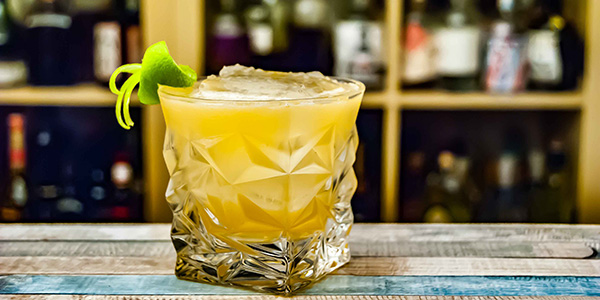
Squeeze the Day: Crafting Limoncello Magic at Home
Nestled along the sun-drenched cliffs of Italy’s enchanting Amalfi Coast lies a treasure as golden as the Mediterranean sunsets: Limoncello (pronounced “LEE-mon-CHELL-oh”). This vibrant lemon liqueur, with its tantalizing blend of citrus zest and sweet indulgence, embodies the heart of Italian hospitality and the spirit of la dolce vita.
As we embark on this journey into the world of Limoncello, we invite you to revel in the rich tapestry of history, flavor, and tradition that has captivated palates and hearts for generations. From humble beginnings in the quaint villages of southern Italy to its revered status as a symbol of Italian culture, Limoncello holds a timeless allure that transcends borders and delights the senses.
Join us as we peel back the layers of this beloved elixir, uncovering the secrets behind its creation and exploring the endless possibilities it offers. Whether sipped leisurely on a balmy summer evening or savored as the perfect ending to a sumptuous meal, Limoncello beckons us to slow down, savor the moment, and bask in the simple pleasures of life. So raise your glass and begin this citrus-infused odyssey. From the lemon groves of Italy to the comfort of your own kitchen, prepare to unlock the zesty magic of Limoncello and awaken your senses to a world of timeless flavor and tradition.
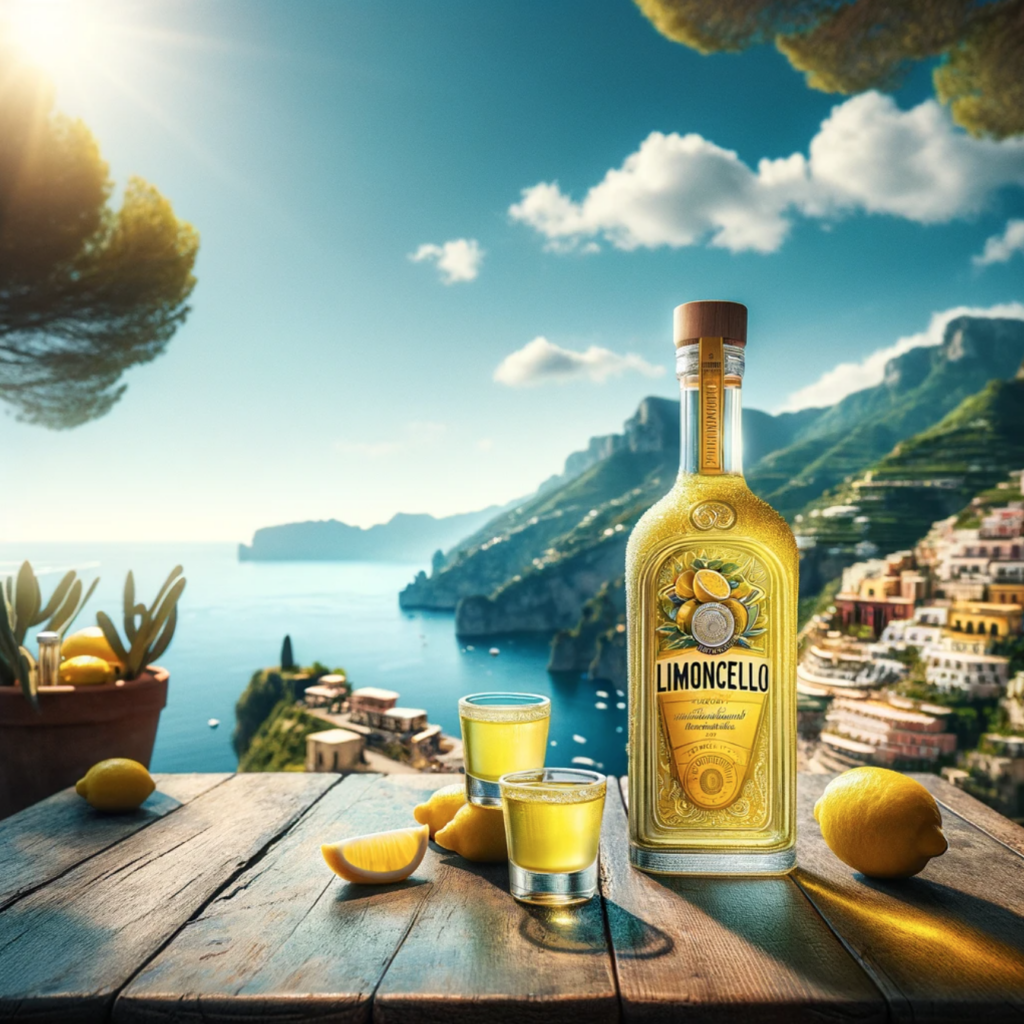
What is Limoncello?
Limoncello, often hailed as Italy’s sunshine in a bottle, is an old-world lemon liqueur renowned for its dazzling color, intense citrus aroma, and refreshing taste. Crafted from the skin of fresh lemons, high-proof alcohol, water, and sugar, this iconic concoction embodies the spirit of Italian handiwork and culinary brilliance.
At its core, Limoncello is a celebration of simplicity and purity, with its flavor profile defined by the natural essence of ripe lemons. The process of making Limoncello begins with meticulously selecting the finest lemons, traditionally from the sunny orchards of the Amalfi Coast or Sicily, where the fruit thrives in the Mediterranean climate, or even from our own famous citrus groves in central Arizona.
Once harvested, the lemons are gently washed and their vibrant yellow peels carefully peeled away, leaving behind the bitter white pith. These fragrant lemon peels are then steeped in high-proof alcohol, such as vodka or grain alcohol, allowing the oils of the lemon zest to infuse into the spirit over time.
The maceration process lasts up to several weeks, depending on the desired intensity of flavor. Once the lemon-infused alcohol has reached its peak, it is meticulously strained to remove any solids, resulting in a clear, aromatic liquid bursting with citrus zest.
To achieve the perfect balance of sweetness and tartness, the infusion is then blended with a simple syrup made from water and sugar. This sweetened mixture is left again to rest, enabling the flavors to meld and mature, before being bottled and chilled to perfection.
The result is a golden-hued liqueur with a bright, citrusy aroma and a refreshing, palate-cleansing taste. Limoncello can be enjoyed chilled straight from the freezer, served over ice, or used as a versatile ingredient in cocktails, desserts, and other culinary creations.
Whether sipped leisurely as a post-dinner cordial or used to elevate classic recipes with a burst of lemony freshness, Limoncello embodies the true nature of la dolce vita—inviting us to savor the simple pleasures of life with each delightful sip.
The History of Lemoncello
To truly appreciate the Limoncello story, we must journey back to the sun-drenched shores of Italy’s Amalfi Coast, where this iconic lemon liqueur first began to enchant the senses over a century ago. The origins of Limoncello are steeped in the rich heritage of southern Italy, where lemons have been cultivated for centuries in the fertile soils of the region.
While the exact origins of Limoncello remain shrouded in myth and legend, it is widely believed that the drink emerged in the early 20th century, born out of the ingenuity and resourcefulness of Amalfi Coast villagers. With an abundance of fragrant lemons at their disposal, locals began experimenting with ways to preserve the citrus bounty and create a refreshing libation to be enjoyed year-round. The earliest iterations of Limoncello were likely simple homemade concoctions, crafted using only the freshest lemons, high-proof alcohol, and a touch of sugar. These early recipes were passed down through generations, cherished as closely guarded family secrets and shared amongst friends during festive gatherings and celebrations. Though the exact origin depends on the Italian you talk to, one exciting legend boasts that in the early 1900’s Lady Maria Antonio Farace had a small boarding home in Capri with an orange and lemon orchard. She created this liquor to serve to her guests during their stay. The recipe was passed to her grandson, who continued the tradition by way of a post-WWII bar, and his son patented the concoction in 1988, leading to the very first ever trademarked and bottled “Limoncello”. Affluent families in Sorrento have records of distinguished guests enjoying limoncello at their homes in the 1900’s, and Amalfi residents claim limoncello recipes are as old as their world renowned lemon cultivation.
In the latter half of the 20th century, Limoncello experienced a resurgence in popularity, fueled by the growing interest in Italian cuisine and culture around the world. It became a staple offering in trattorias and ristorantes across Italy, as well as a sought-after souvenir for travelers eager to bring a taste of the Amalfi Coast home with them. Over time, Limoncello evolved from a humble homemade liqueur into a symbol of Italian craftsmanship and hospitality, gaining popularity both domestically and abroad. It found its place in the hearts and homes of Italians, who embraced it as a beloved digestif to be savored after meals or shared as a gesture of warmth and welcome.
Today, Limoncello stands as a timeless symbol of Italian artistry and style, celebrated for its vibrant flavor, vivid color, and enduring allure. Whether enjoyed as a refreshing aperitif on a balmy summer evening or incorporated into cocktails and desserts, Limoncello continues to captivate the senses and evoke the spirit of la dolce vita with each sip.
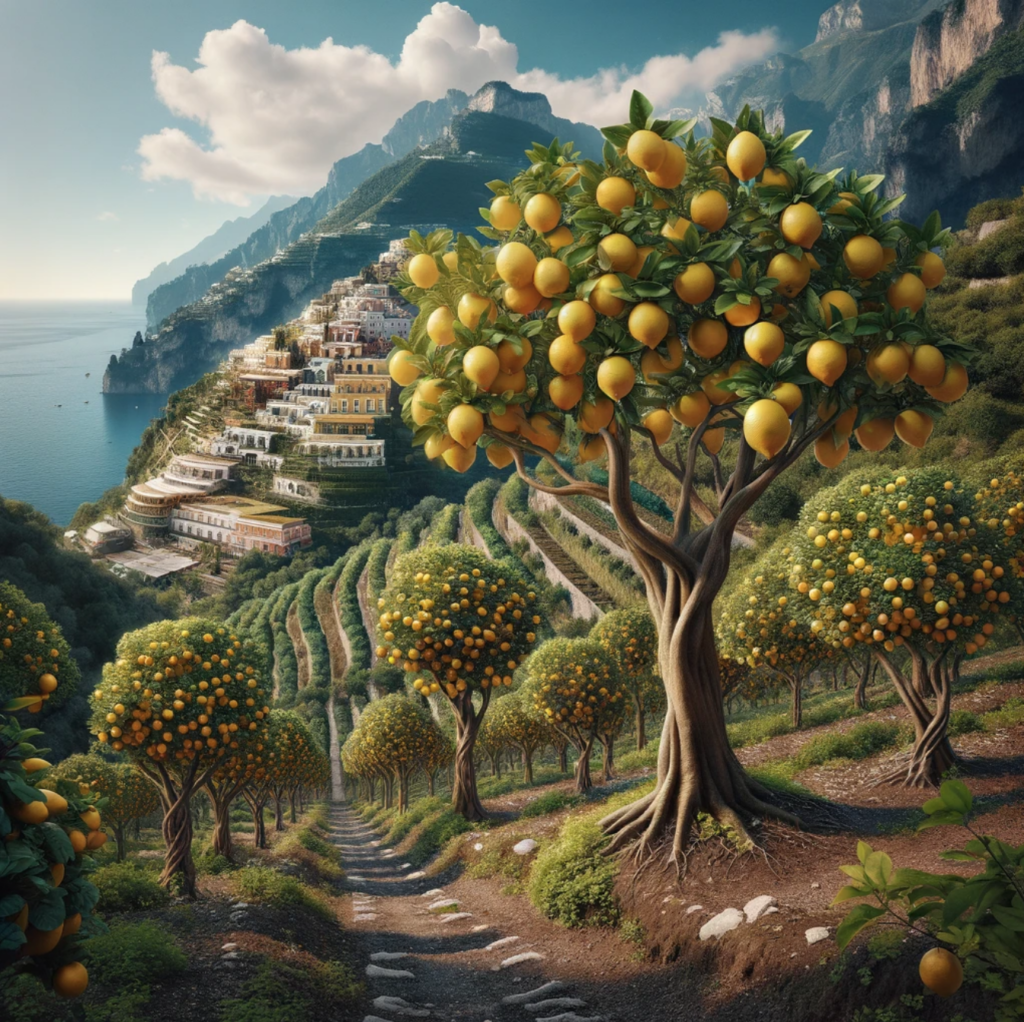
How to Make Great Limoncello
Don’t let the simple ingredients fool you, the production of this liquor is more art than recipe. From how lemons are picked from the tree, to the zest that is used, these lemons should be treated like royalty from start to finish. Rightfully so, this tradition has been preserved and perfected for over a century.
Limoncello isn’t just “Grandma’s spiked lemonade”. It takes over 90 days to create this lemon libation. Just like Arizona Orange Co., Italians start with only the most beautiful and juicy fruit plucked straight from the tree, never picking them off the ground. They are brushed and cleaned with hot water and the rinds are removed. The rinds soak in an alcohol bath for weeks at room temperature. Once they are completely saturated, they are filtered, sweetened, and chilled. Read on to learn more about how you can re-create this process at home.
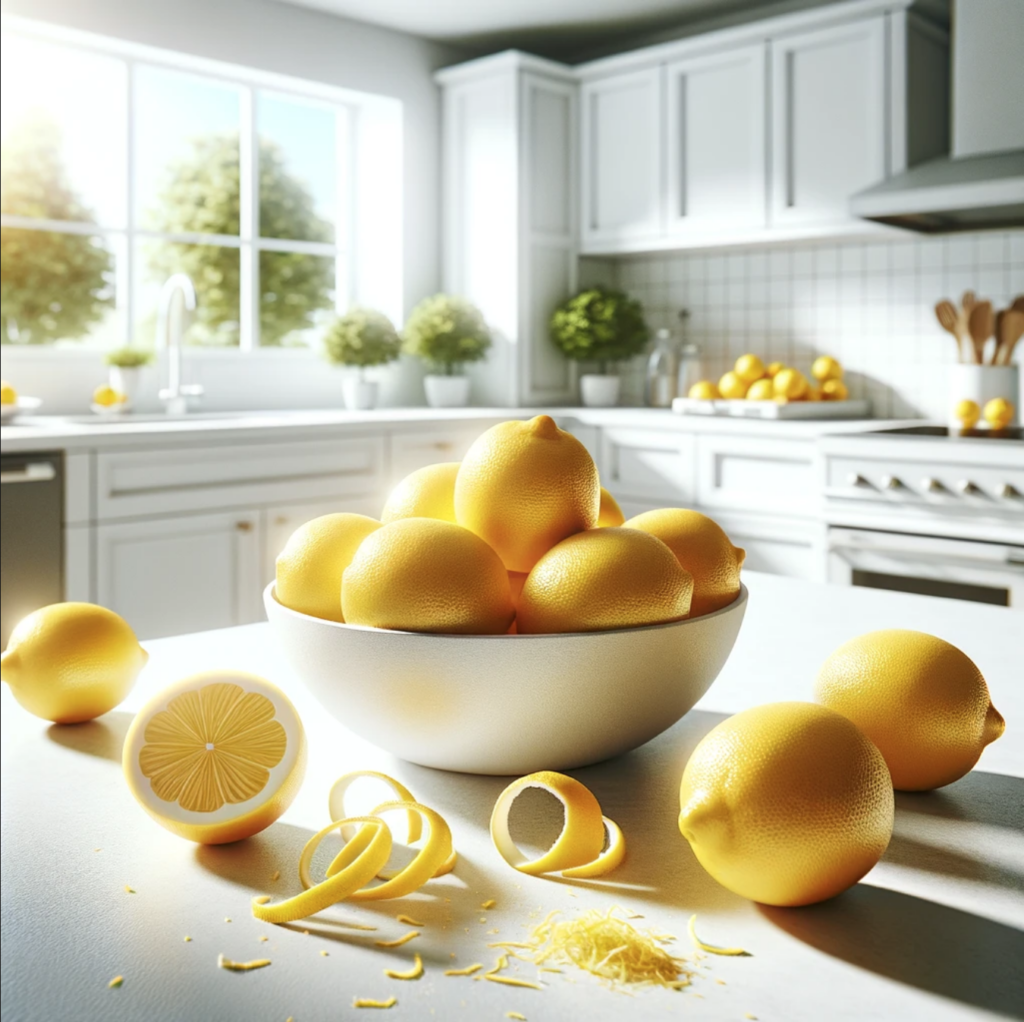
Best Limoncello Recipe:
Crafting your own Limoncello at home is not only a rewarding culinary endeavor but also a delightful way to capture the essence of Italian sunshine in a bottle. With just a handful of simple ingredients and a bit of patience, you can create a homemade Limoncello that rivals the finest offerings from the Amalfi Coast.
Pro Tips:
- If you can’t get authentic Meyer Lemons from Italy, choose our delicious Arizona Lemons instead! They are USA grown on small family farms, and you won’t be able to tell the difference! Not only that, but it is imperative to source lemons without an added wax coating. We guarantee our fruit is free of wax, something your grocery store can’t.
- The best limoncello is made when only the yellow part of the rind is used. The white pith under the yellow skin is bitter and can ruin the bright, lemony flavor of the final product. Use a microplane zester specifically designed for citrus zesting. Your lemons will still have a slightly yellow tinge after zesting if done correctly.
- Limoncello originated in an era when time moved slower. Nothing can substitute for the patient weeks and months of the ingredients working together to create this delicacy. There might be a faster way but you wouldn’t want to sacrifice the quality.Prepare your concoction well in advance of planned parties or holidays, and have a ribbon or festive tag ready to dress up the bottle.
Ingredients:
- 10–12 large, organic lemons (preferably from the Amalfi Coast or Sicily)
- 750ml high-proof alcohol,traditionally “grappa”, vodka, or grain alcohol (at least 90 proof)
- 3 cups granulated sugar
- 4 cups water
Supplies:
- glass jars (we used quart sized mason jars for the initial infusion process as we were sure each would fit the entire bottle of grain alcohol and zest)
- microplane zester
- coffee filters
- glass bottles (Marasca bottles, Bellissima bottles, or swing-top bottles work great)
- funnel
Instructions:
- Wash the lemons thoroughly under cold water to remove any dirt or wax. Using a zester, carefully peel away the outer rind of the lemons, avoiding the bitter white pith and imperfections in the skin. Place the lemon peels in a large, clean glass jar or airtight container.
- Pour the high-proof alcohol over the lemon peels, ensuring that they are completely submerged. Seal the jar tightly and store it in a cool, dark place away from direct sunlight. Label the jar with the date.
- Allow the lemon peels to infuse in the alcohol for 21 – 45 days, shaking the jar gently every few days to help extract the lemon oils and flavors.
- After the infusion period, prepare the simple syrup by combining the granulated sugar and water in a saucepan over medium heat. Stirring constantly, heat the mixture until the sugar has completely dissolved and the syrup is clear. Remove the syrup from the heat and cool it to room temperature.
- Once the syrup has cooled, strain the infused alcohol through coffee filters to remove the lemon peels and other solids. Resist the urge to squeeze the filter.
- Gradually add the cooled simple syrup to the strained alcohol, tasting as you go until you achieve the desired level of sweetness. Keep in mind that Limoncello is traditionally quite sweet, so you may need to use all or most of the syrup.
- Transfer the finished Limoncello to clean, airtight glass bottles or jars, using a funnel if necessary. Seal the bottles tightly, add the date, and set aside at room temperature for another 45 days.
- After this second resting period, transfer to the refrigerator or freezer for at least 1 week before serving.
- To serve, pour the chilled Limoncello into small cocktail glasses or shot glasses straight from the freezer. Garnish with a twist of fresh lemon peel if desired, and enjoy the refreshing burst of citrus flavor with each delightful sip.
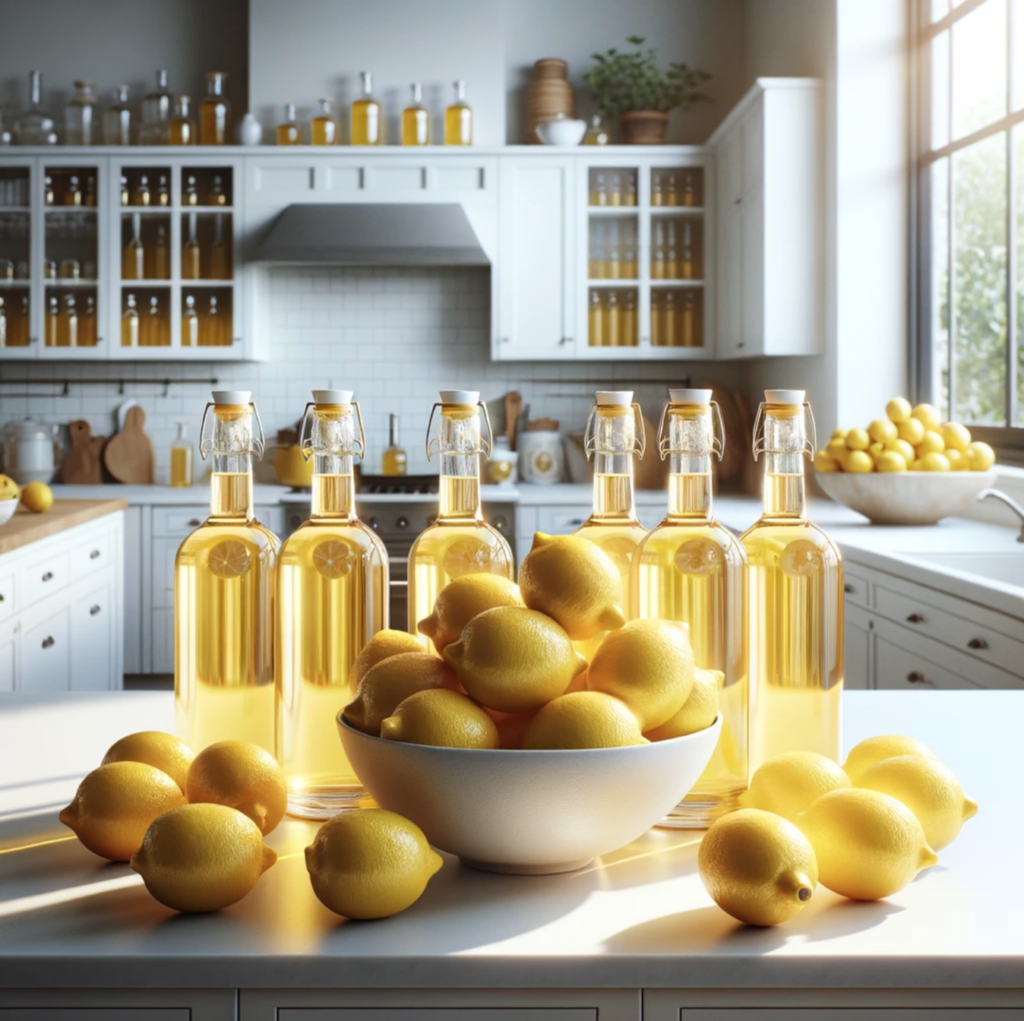
What Pairs Well with Limoncello?
Limoncello’s vibrant citrus flavor and refreshing sweetness make it a versatile spirit that pairs beautifully with a variety of flavors and ingredients. Whether enjoyed on its own incorporated into cocktails, desserts, and other recipes, Limoncello adds a burst of sunshine to any occasion. Here are some delicious pairings and serving suggestions to enhance your Limoncello experience:
- Fresh Fruit: Embrace the natural sweetness of Limoncello by pairing it with a platter of fresh fruit. Sliced strawberries, raspberries, and blueberries complement Limoncello’s citrusy notes, creating a vibrant and refreshing dessert or appetizer.
- Prosecco: For a festive and effervescent cocktail, mix Limoncello with chilled Prosecco or sparkling wine. The bubbly texture of the Prosecco enhances the bright flavors of the Limoncello, creating a delightful aperitif that’s perfect for celebrations and special occasions.
- Lemon Sorbet: Create a refreshing and elegant dessert by serving Limoncello over a scoop of lemon sorbet. The tartness of the sorbet balances the sweetness of the Limoncello, resulting in a palate-cleansing treat that’s as beautiful as it is delicious.
- Citrus Cocktails: Incorporate Limoncello into a variety of cocktails for a burst of citrusy flavor. From classic favorites like the Limoncello Martini to creative concoctions like the Limoncello Mojito, the possibilities are endless when it comes to crafting refreshing and flavorful drinks with Limoncello as the star ingredient.
- Lemon Desserts: Elevate your favorite lemon desserts by incorporating Limoncello into the recipe. Whether it’s Limoncello-infused cheesecake, lemon bars, or lemon pound cake, adding a splash of Limoncello enhances the citrus flavor and adds a subtle complexity to your sweet treats.
- Seafood: Limoncello’s bright acidity and citrusy notes make it an excellent pairing for seafood dishes. Serve grilled fish or shrimp with a drizzle of Limoncello sauce or use Limoncello as a marinade for scallops or lobster for a fresh and flavorful twist on classic seafood dishes.
- Salad Dressings: Use Limoncello to add a tangy and refreshing kick to homemade salad dressings. Combine Limoncello with olive oil, lemon juice, honey, and Dijon mustard for a zesty vinaigrette that’s perfect for dressing green salads, pasta salads, or grilled vegetable platters.
- Gelato: Indulge in the creamy decadence of gelato paired with a splash of Limoncello for a luxurious dessert experience. Whether you opt for classic lemon gelato or explore other flavor combinations like raspberry or coconut, the addition of Limoncello adds a sophisticated touch to this beloved Italian treat.
Whether you’re sipping Limoncello straight or incorporating it into cocktails, desserts, or savory dishes, the bright and refreshing flavors of this iconic Italian liqueur are sure to elevate any culinary experience. So gather your ingredients, raise your glasses, and toast to the vibrant zest of Limoncello—cheers!
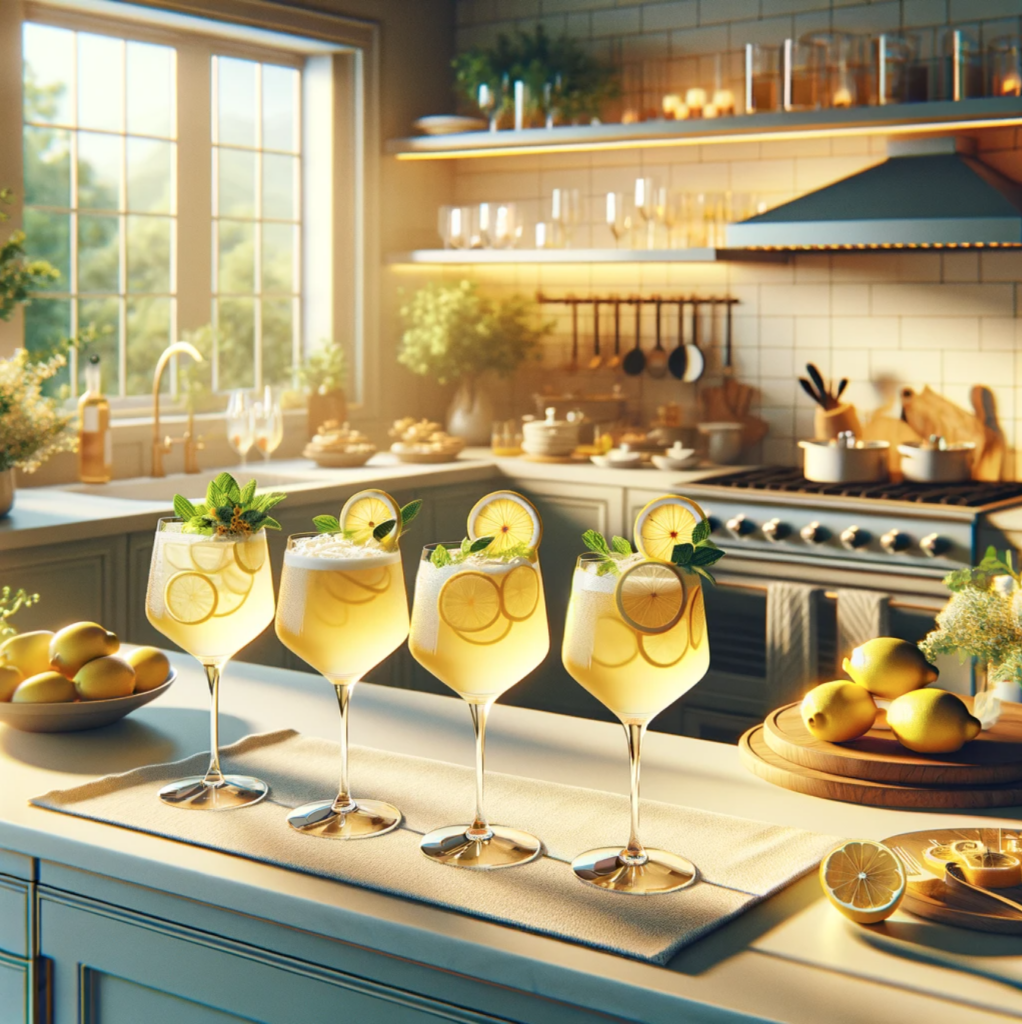
How Long does it Last in the Fridge?
Limoncello, with its vibrant citrus flavor and high alcohol content, is known for its impressive shelf life when stored properly. The longevity of Limoncello depends on several factors, including the quality of ingredients used, the alcohol content, and how it is stored. If you’ve crafted your own Limoncello at home using fresh lemons, high-proof alcohol, and simple syrup, it can typically be stored for up to one year. Properly sealed and stored in a cool, dark place away from direct sunlight and heat, homemade Limoncello will maintain its flavor and quality for several months. However, it’s best enjoyed within the first year to ensure optimal freshness.
Several factors can affect the shelf life of Limoncello, including exposure to light, heat, and air. It’s important to store Limoncello in a tightly sealed bottle or container to prevent oxidation and maintain its flavor. Additionally, storing Limoncello in the refrigerator or freezer can help prolong its shelf life and preserve its freshness, especially after opening. Typically, if properly sealed and stored in the fridge, Limoncello can maintain their quality for up to 2 to 3 years or even longer. The colder temperature of the refrigerator helps to slow down oxidation and preserve the freshness of the Limoncello, extending its shelf life compared to storing it at room temperature. However, it’s essential to ensure that the Limoncello is tightly sealed to prevent any exposure to air, which can cause oxidation and affect the flavor over time. Additionally, storing Limoncello in the coldest part of the refrigerator, away from any sources of heat or light, can help maintain its quality for as long as possible.
While Limoncello is known for its long shelf life, it’s important to inspect it for any signs of spoilage before consuming. If Limoncello develops off flavors, unusual odors, or changes in appearance, it may have spoiled and should be discarded. Additionally, if Limoncello develops any sediment or cloudiness over time, it’s best to err on the side of caution and replace it with a fresh bottle. As always, it’s essential to use your senses to assess the quality of the Limoncello before consuming it. With proper storage and handling, you can enjoy the refreshing zest of Limoncello for years to come.
Thanks for Reading!
As we raise our glasses to toast the culmination of our journey into the world of Limoncello, we’re reminded of the timeless allure and enduring magic of this beloved Italian creation. From its humble origins along the sun-kissed shores of the Amalfi Coast to its revered status as a symbol of Italian hospitality and artisanship, Limoncello embodies the very ethos of la dolce vita—inviting us to slow down, savor the moment, and revel in the simple pleasures of life.
With this homemade Limoncello recipe, you can capture the lively essence of lemons and savor the taste of la dolce vita in every glass. Whether enjoyed as a post-dinner digestif, mixed into cocktails, or used to elevate culinary creations, Limoncello invites us to embark on a sensory journey that transcends time and place, awakening the senses and stirring the soul with each delightful sip. Cheers to the simple pleasures of life and the joy of crafting something truly special with your own two hands.
As you embark on your own Limoncello-making adventure, may you find joy in the art of crafting something truly special—a taste of sunshine bottled for you and your loved ones to enjoy. Salute!

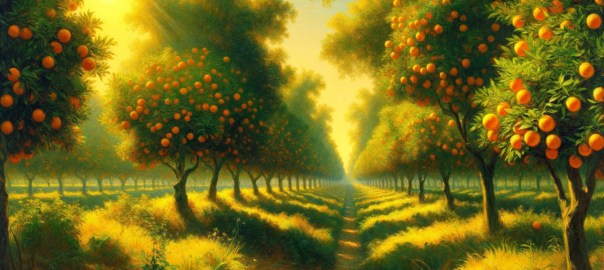

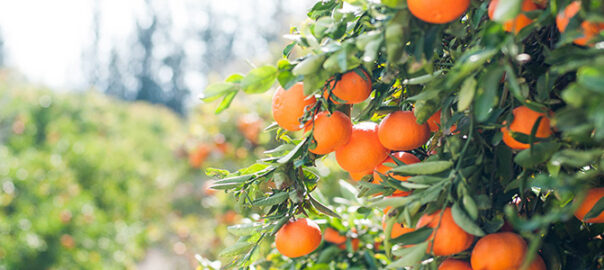

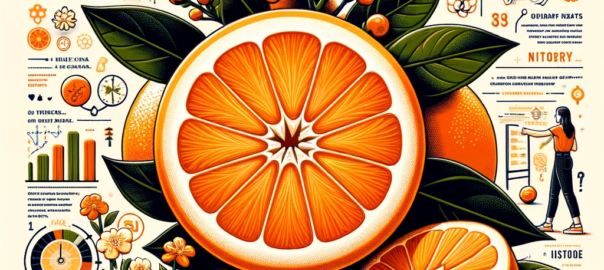

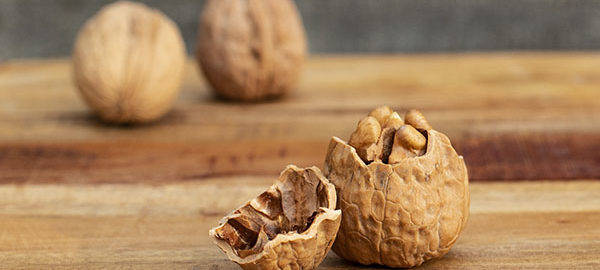
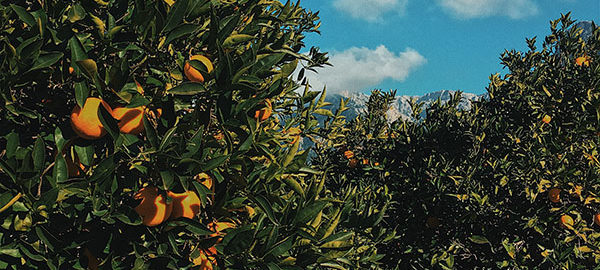
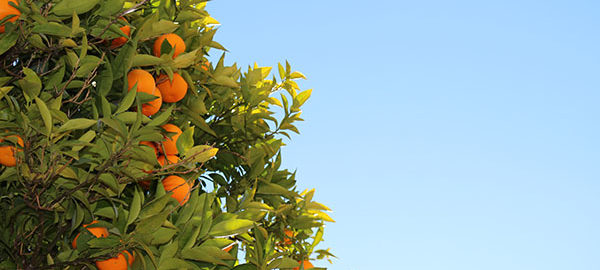
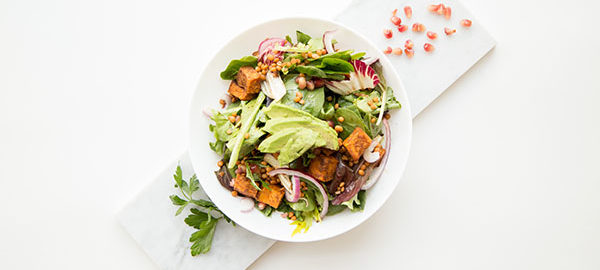
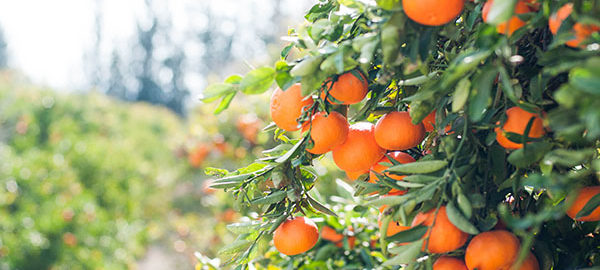
What kind of alcohol is used to make the limoncello? Where can you buy it?
Typically we use Pure Grain Alcohol. This can be purchased at any major spirits store.